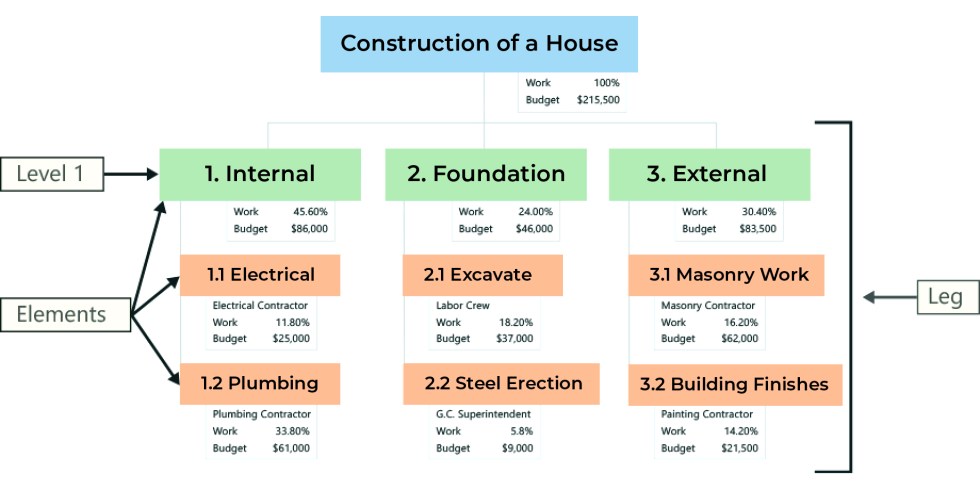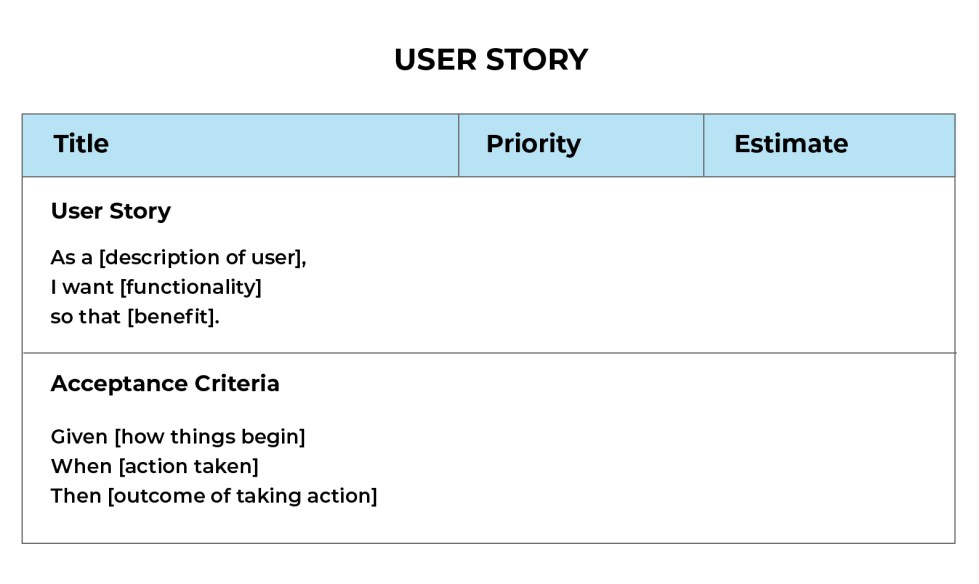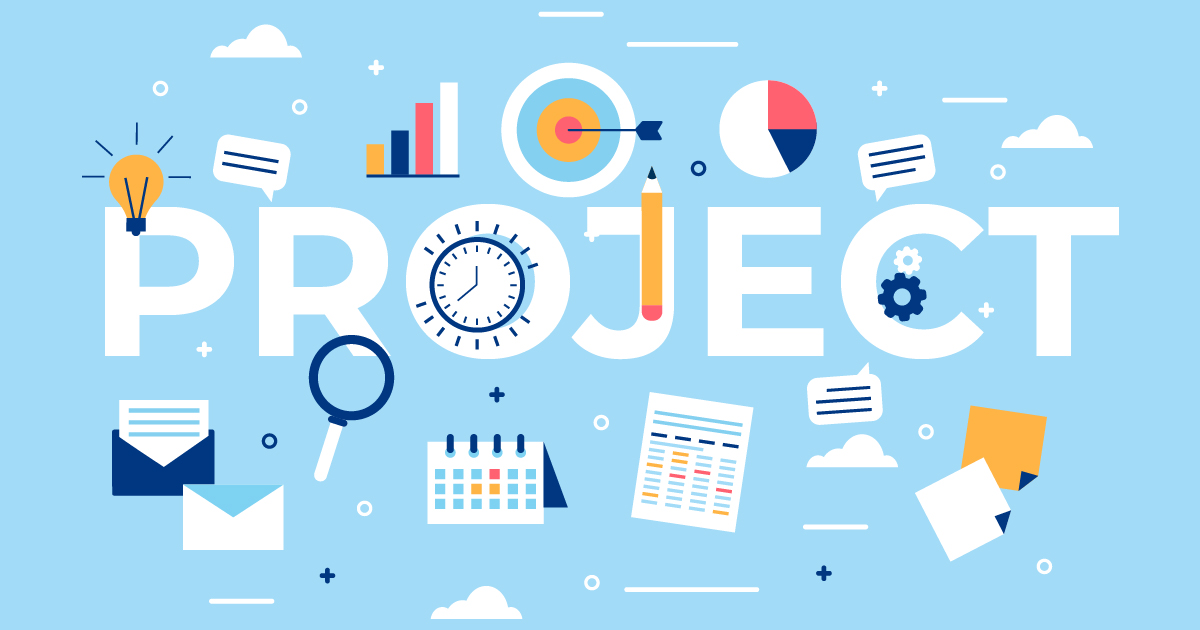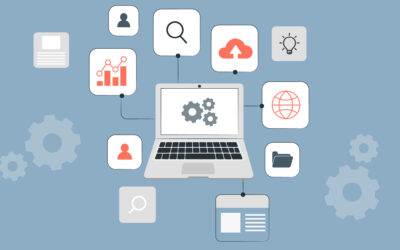An artifact is any item created by an individual. In the project management landscape, this definition typically corresponds to a document, template, output, or a specific deliverable that oversees the condition and completion of a project. It could also maintain a record of the intermediate results, decisions, or any critical information that can add value to the end product, increase its quality, boost its performance, or help with maintenance. Such documents are hosted over a shared resource so that everyone stays updated on the project’s progress and status.
Types of Project Artifacts
As per the PMBOK® Guide (Seventh Edition), artifacts can be classified into the following nine types:
1. Strategy
As the name indicates, strategic artifacts are related to planning and strategizing, and feature during project initiation. These form the foundational framework dictating the project and do not change under regular circumstances. In fact, artifacts that display minimum variation from the estimate are said to be properly planned. That being said, it does possess the potential to evolve with the changing needs of the project.
Examples
- Business case
- Project roadmap
- Project charter
- Project vision statement
2. Logs/Registers
Logs and registers are used to monitor the project development and to maintain a record of the journey. This category of artifacts covers all the documents involved in charting the day-to-day management of the project. As these are frequently updated throughout the process, they undergo constant change and grow along with the project.
Examples
- Risk register
- Backlog
- Assumption log
- Stakeholder register
3. Plans
The next category of project artifacts deals in the various forms of plans produced. Such artifacts help managers gauge the effective ways to run the project and guide it in its normal course. Such plans are documented in single files or a series of them, and may even be illustrated to display the flow of work or the progress of the project.
Examples
- Communications management plan
- Scope management plan
- Release plan
- Test plan
- Iteration plan
- Logistics plan
4. Hierarchy Charts
Hierarchy charts plan a relational role between the different parts and variables of a project. These break down a project into smaller, self-contained units and grants a top-level view for effortless monitoring and management. The degree to which one can decompose the project varies from project to project and may also be finetuned with the project.
Examples
- Work breakdown structure
- Risk breakdown structure
- Organizational breakdown structure
- Product breakdown structure

5. Baselines
Baselines are the approved versions of what we plan or forecast in the due course of the project. These act as the benchmarks under ideal circumstances and can be created or updated as major changes take place within the project or as it migrates from one phase to another.
Examples
- Scope baseline
- Budget
- Performance measurement baseline
- Milestone schedule
6. Visual Data and Information
The visual data and information is an umbrella entity that covers every other artifact that is visually illustrated or presented, unlike the traditionally “written” document. The interspersing of visual content breaks the monotony of textual matter while also making it easier to comprehend, retain, and digest data. They also serve as a ready reckoner for all the crucial information that one would otherwise have to access by poring over several reports and records.
Examples
- Flowcharts
- Gantt chart
- Dashboard
- S-curve
- Cycle time chart
7. Reports
Naturally, the project management process results in the generation of several reports. Even if one introduces automation to act upon the findings of the reports or simply to cherry-pick the areas of interest, project managers must stay vigilant to monitor these reports as far as possible.
Examples
- Quality report
- Risk assessment report
- Status report
- Progress report
8. Agreements and Contracts
Agreements and contracts may feature in your project management artifacts if you are involved in activities like making purchases, outsourcing tasks, or accessing services or data of a third party. In this case, you may have drawn up agreements and contracts that dictate the terms and conditions of service and the liabilities for not honoring these artifacts.
Examples
- Memorandum of Understanding (MoU)
- Fixed price contract
- Time and materials contract
- The indefinite-delivery, indefinite-quantity contract
9. Other
The final category of project artifact is a miscellaneous bucket. It contains an assortment of project elements that do not fit the definition of the other categories. Some of these artifacts may not regularly feature in your standard project management practices but could be specific to the needs of a project.
Examples
- Requirements
- Bid documents
- Team charts
- User stories

Break-Down of Project Artifacts by Phase
The following is a top-level view of the project phase and the corresponding necessary or optional (but recommended) project artifacts:
| Project Phase | Required | Recommended |
|---|---|---|
| Originating | Project proposal containing a description of the work, business case, impact analysis, risk assessment, etc. | |
| Initiating | Project charter defining the key elements within the project, such as the description, scope, roles, and responsibilities. | Kick-off meetings and presentations to review the project charter. Team role description to assign roles and responsibilities for a project. |
| Planning | Communication plan for team members to communicate and collaborate effectively throughout the process. WBS and project schedule to break down the deliverables, tasks, milestones, budget, schedule, etc. | Project stakeholder analysis worksheet to evaluate the stakeholders. List of all the high-level requirements. |
| Executing, Monitoring, and Controlling | Workbook for capturing project action items. Project status to appraise the relevant stakeholders. | Decision log to maintain a record of all the project-related decisions. Status meeting agenda for regular meetings. Project change request form for maintaining a record of change request details. Risk log to track and manage project-related risks. Issue log to track and resolve project issues. |
| Closing | Transition plan to hand over open tasks, projects, or products to the relevant support team, owner, or service manager. |
The above list is merely indicative and not extensive. As such, the phase-wise distribution of artifacts is subject to change depending on the project.
Conclusion
Even if you do not follow the PMI methods, the above documents can facilitate the effortless handling of the project. Use these living documents for various purposes, ranging from maintaining a record to following a roadmap to updating the stakeholders – they will find a way to stay relevant and useful in different ways and settings.






0 Comments